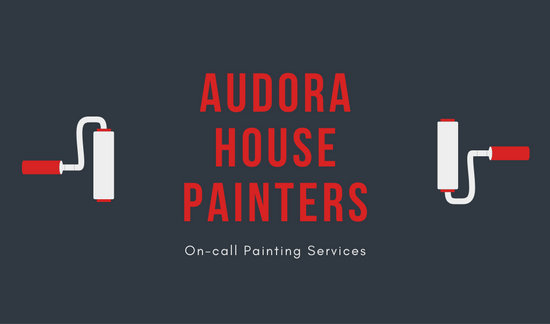Understanding Seasonal Influences On Commercial Outside Paint: Necessary Understanding For Success
Understanding Seasonal Influences On Commercial Outside Paint: Necessary Understanding For Success
Blog Article
Team Author-McLamb Whalen
When you're intending a business exterior paint project, seasonal aspects can make or break your results. You'll intend to consider just how temperature level and humidity effect paint application and drying out times. Choosing the ideal period can ensure your paint sticks properly and lasts much longer. Yet which seasons are truly the very best for this kind of job? Allow's explore the key elements that can impact your job's success.
The Effect of Temperature on Paint Application
When you're preparing an industrial external painting task, the temperature can significantly affect how well the paint sticks and dries.
Preferably, you want to repaint when temperatures vary in between 50 ° F and 85 ° F. If it's too cool, the paint might not treat properly, bring about issues like peeling or cracking.
On the other side, if it's as well hot, the paint can dry out also promptly, avoiding proper bond and causing an uneven finish.
You should also consider the time of day; morning or late afternoon supplies cooler temperature levels, which can be more desirable.
Always inspect the maker's recommendations for the particular paint you're using, as they usually give support on the optimal temperature range for optimal outcomes.
Humidity and Its Result on Drying Times
Temperature level isn't the only environmental variable that affects your commercial external painting job; humidity plays a significant role as well. High moisture degrees can slow down drying out times dramatically, influencing the total quality of your paint work.
When the air is saturated with wetness, the paint takes longer to cure, which can lead to concerns like inadequate attachment and a greater threat of mildew growth. If you're painting on an especially humid day, be gotten ready for extended wait times in between coats.
It's vital to monitor neighborhood weather and plan appropriately. Preferably, aim for moisture degrees in between 40% and 70% for optimal drying out.
Keeping these factors in mind guarantees your job remains on track and supplies a long lasting surface.
Best Seasons for Commercial Outside Paint Projects
What's the best time of year for your industrial outside paint projects?
house painting company and very early loss are typically your best choices. Throughout these periods, temperature levels are mild, and humidity degrees are often reduced, producing optimal conditions for paint application and drying.
Stay clear of summer's intense heat, which can create paint to completely dry as well rapidly, leading to bad attachment and surface. Likewise, winter season's cool temperature levels can hinder appropriate drying and curing, running the risk of the durability of your paint task.
Aim for days with temperature levels in between 50 ° F and 85 ° F for optimum outcomes. Bear in mind to examine the local weather forecast for rainfall, as wet conditions can wreck your project.
Planning around these elements guarantees your paint project runs efficiently and lasts much longer.
Conclusion
In conclusion, intending your commercial exterior paint tasks around seasonal considerations can make a considerable difference in the outcome. By organizing job during the suitable temperatures and humidity levels, you'll make certain better adhesion and drying times. Remember to keep https://exterior-house-painters-n88765.dailyblogzz.com/36145284/eager-to-discover-how-to-assure-high-quality-arise-from-your-paint-contractors on neighborhood weather forecasts and choose the right time of year-- springtime and early fall are your best options. Taking these actions will certainly assist you achieve a resilient and specialist surface that lasts.
